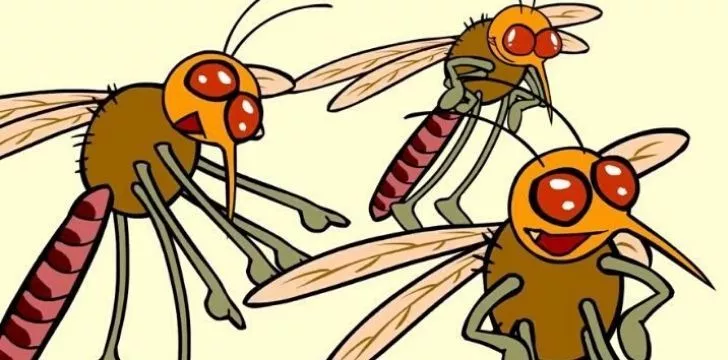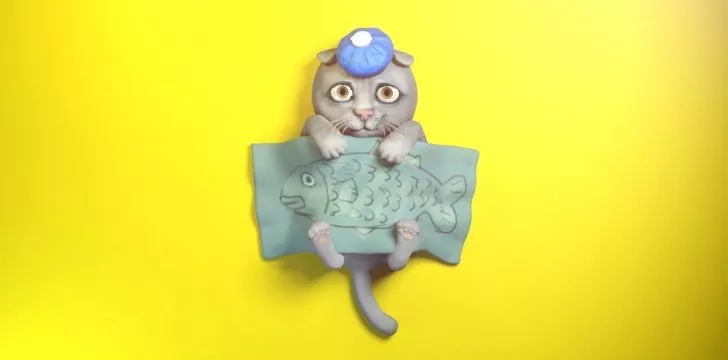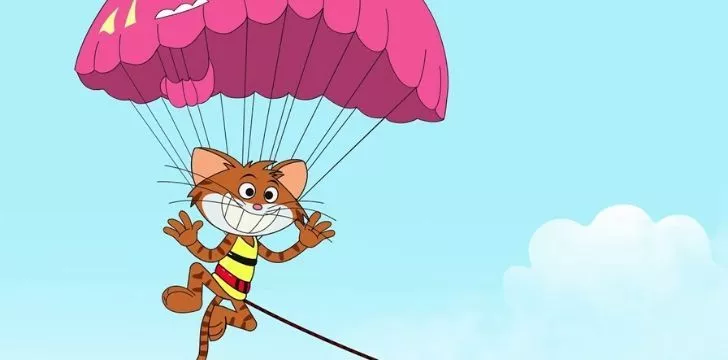Malaria is one of the deadliest diseases on the Earth, claiming the lives of around a million people each year by modern standards – and many more in the last century.
Of course, mosquitoes are the prime suspect for spreading malaria – actually being the animal attributed to the most human deaths per year.
So, when the Dayak people of Borneo were suffering from a particularly virulent malaria outbreak as a cause of high mosquito numbers, they decided to call the World Health Organization (WHO) for some help.
With the end game of eradicating Borneo’s disease-spreading mosquitoes, the WHO sprayed a large amount of the potent insecticide DDT across the island.
Which, to be fair, kind of work.
The percent of malaria-carrying mosquitoes fell from 35.6% to 1.6% in a two-year period.
Problem solved, right?
Wrong.
The consequence of the action.

The spraying of Dichlorodiphenyltrichloroethane, commonly known as DDT didn’t just affect the mosquito life on the island, but it also affected parasitic wasps native to Borneo.
After a short while, all of the roofs on the Dayak houses started mysteriously collapsing.
As it turns out, the DDT used to kill the mosquitoes had also destroyed most of these parasitic wasps.
This meant that the island’s population of thatch-eating caterpillars – usually prey for the parasitic wasps – was flourishing.
Unfortunately for the Dayak people, all of their house roofs were made of tasty tasty thatch.
Up the food chain.

Now, if you think the above implication is bad, this is where it gets worse.
The DDT had a pretty significant effect on all insect life across the island, which meant many small insects had ingested the DDT and had it actively in their systems.
The island’s population of geckos started eating these DDT-ridden insects.
Now, because the DDT had a biological half-life of up to 8 years, it could remain dormant within the geckos for this long.
This, when coupled with the geckos’ slow metabolism, meaning they eventually became quite contaminated with DDT – but that wasn’t a problem.
After all, the geckos were immune to the poisonous effects of the stuff.
All good, right?
Wrong again!
The island’s cat population who ate the geckos were not immune to the toxic effects of the DDT.
This meant that the cats started dying off in droves after eating the DDT-drenched lizards, which meant only one thing.
Rats.
Lots and lots and lots of rats.
Operation cat-drop.

As the rat population ballooned out of control, the Dayak people found themselves facing all manner of rat-related problems like the Plague popping up and their grain stores all being eaten away.
So, the Dayak people called the WHO again to say they were struggling with a rat infestation.
Unlike last time, the WHO didn’t have a go-to solution for the problem, so they got their thinking caps on.
They made a quick call to the British Royal Air Force, and soon enough, Operation Cat Drop was kicked into action.
In 1965, the RAF flew sorties over the island of Borneo, air-dropping thousands of parachuted crates full of moggies into Borneo in an attempt to reverse the problem – something which actually worked!
So, if there’s one lesson to take away from this, it’s that; if you can’t fully understand the consequences, your actions will have, taking no action is probably the best cause.
Oh, also, cats. Lots and lots of cats are the solution.


















